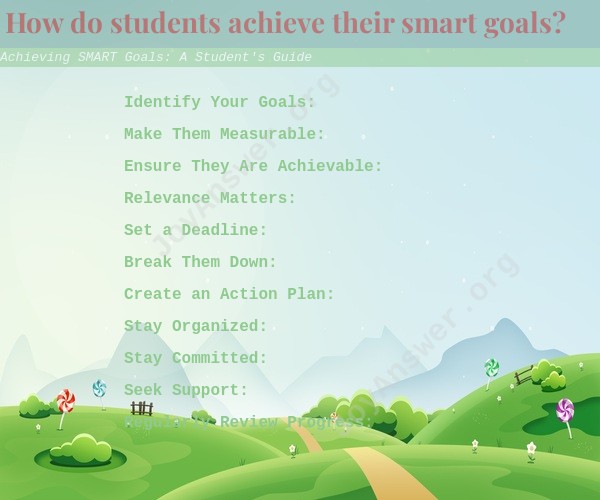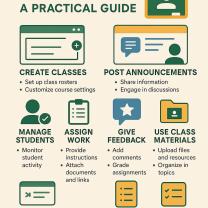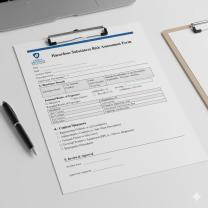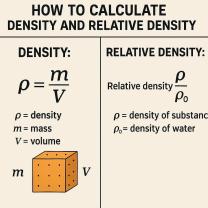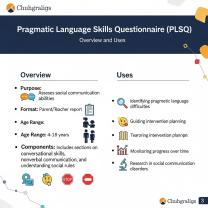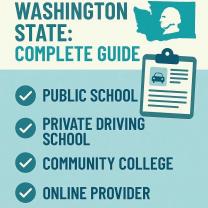How do students achieve their smart goals?
Students can achieve their SMART goals (Specific, Measurable, Achievable, Relevant, and Time-bound) by following a structured and focused approach. Here's a step-by-step guide on how students can set and achieve SMART goals:
Identify Your Goals:
- Start by defining what you want to achieve. Be specific about your goals. For example, instead of saying, "I want to improve my grades," specify, "I want to raise my math grade from a B to an A."
Make Them Measurable:
- Ensure that your goals are measurable so that you can track your progress. Ask yourself how you will measure your success. For instance, "I will measure my progress by my test scores."
Ensure They Are Achievable:
- Your goals should be realistic and attainable. Consider your current abilities, resources, and constraints. Can you realistically achieve this goal? For instance, setting a goal to complete a semester's worth of coursework in a week might not be achievable.
Relevance Matters:
- Goals should be relevant to your overall objectives. Make sure they align with your academic and personal aspirations. Ask yourself if the goal is relevant to your long-term plans.
Set a Deadline:
- Every goal should have a time frame. Setting a deadline creates a sense of urgency and helps you stay on track. For example, "I will raise my math grade from a B to an A by the end of this semester."
Break Them Down:
- Large goals can be overwhelming. Break them down into smaller, manageable steps or milestones. These smaller tasks make your goal less daunting and help you track your progress.
Create an Action Plan:
- Determine the actions you need to take to achieve your goal. Outline the steps, resources, and strategies you'll use. This plan acts as your roadmap to success.
Stay Organized:
- Use tools like calendars, to-do lists, or digital apps to keep track of your tasks and deadlines. Staying organized is crucial for goal attainment.
Stay Committed:
- Achieving SMART goals requires dedication and perseverance. Stay committed to your goal even when faced with challenges. Visualize your success to stay motivated.
Seek Support:
- Don't hesitate to seek help from teachers, tutors, or mentors if needed. They can provide guidance, resources, and support to help you achieve your goals.
Regularly Review Progress:
- Periodically assess your progress. Are you on track? Are adjustments needed? Use these reviews to stay accountable and make necessary changes.
Celebrate Achievements:
- When you reach your SMART goals, celebrate your achievements. Recognize your hard work and use your success as motivation for future goals.
Remember that setting and achieving SMART goals is a skill that improves with practice. As a student, using this framework can help you become more effective in your studies and personal development.
